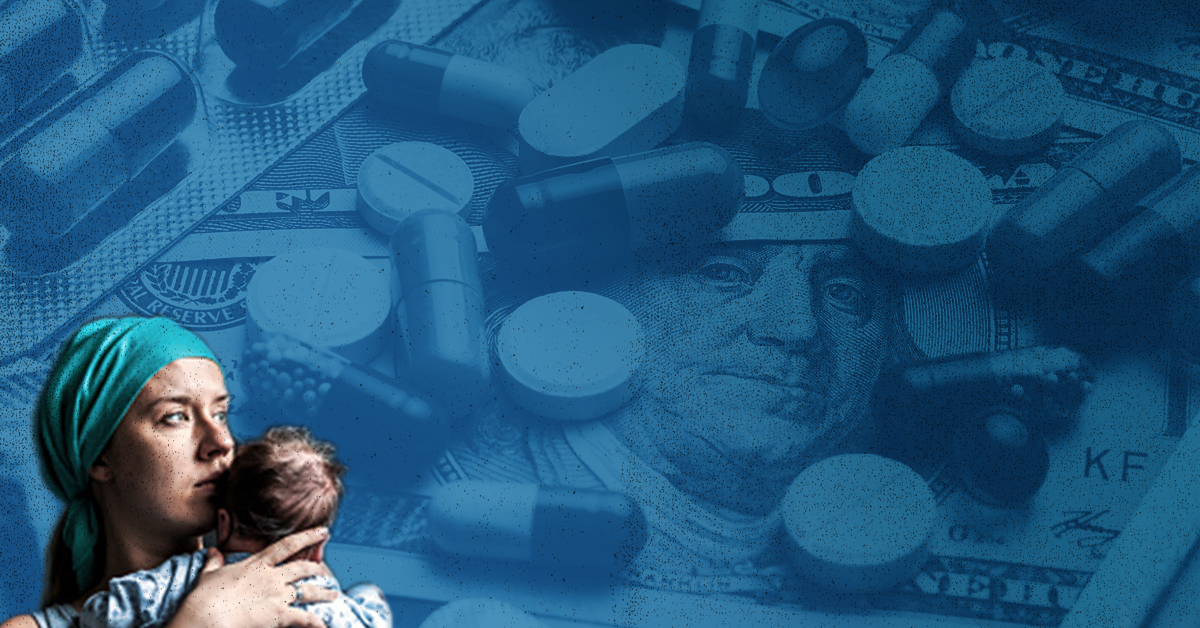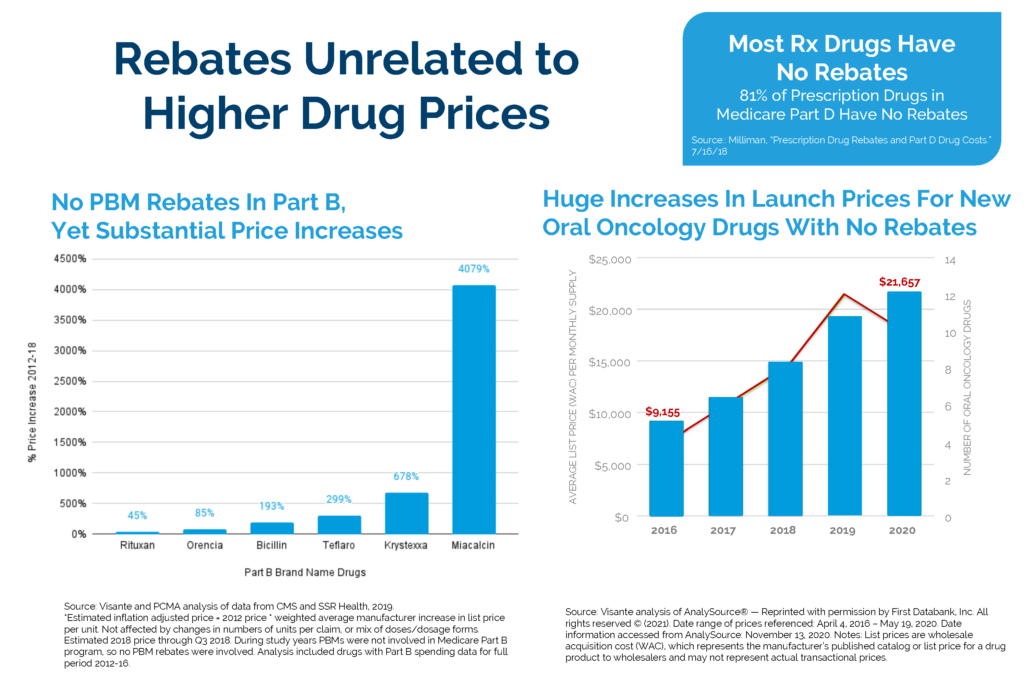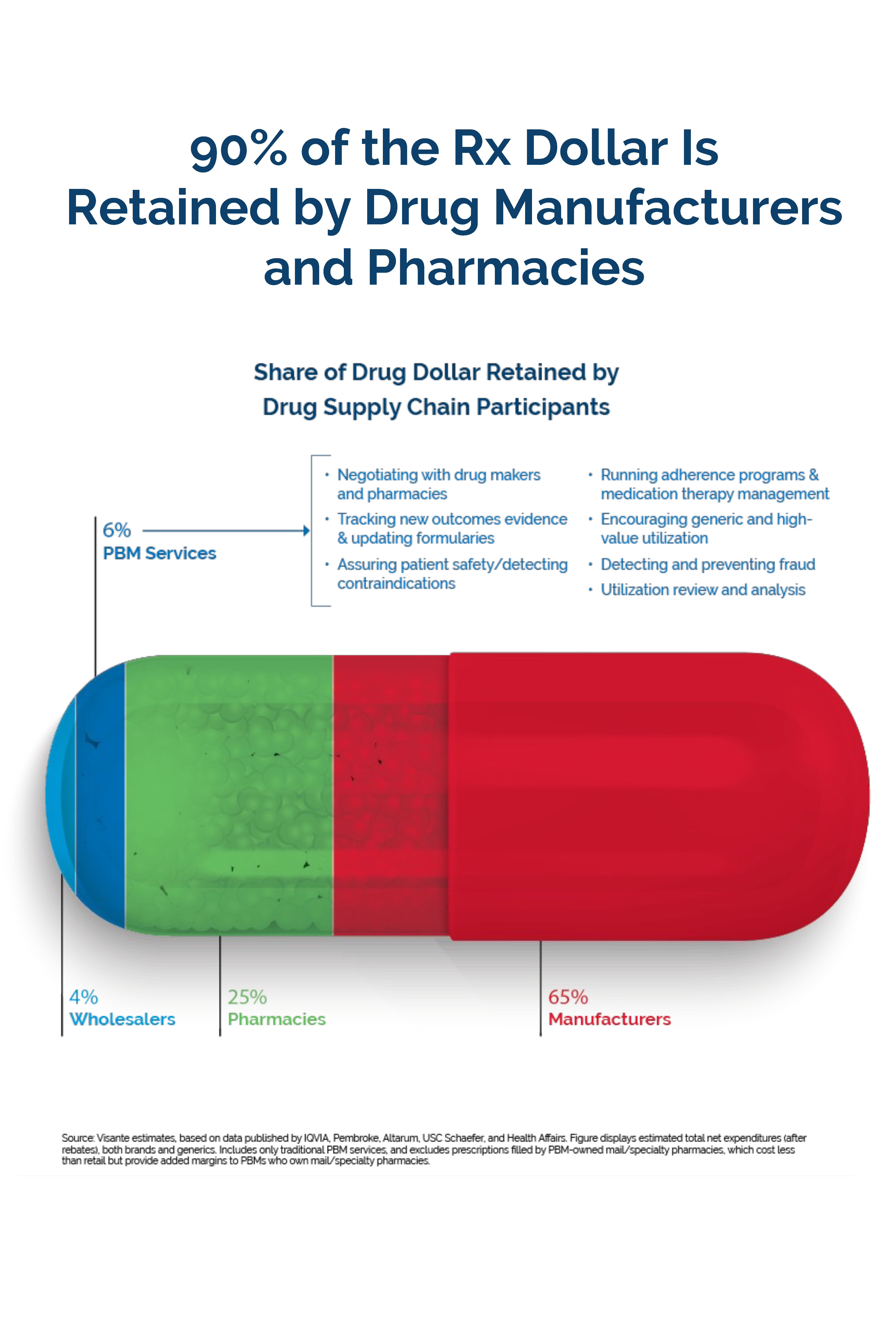
Big Pharma: Lower The List Price
Big Pharma sets the price of the prescription drugs — and the price is the problem when it comes to Americans facing difficulty affording their prescription drugs.
Big drug companies determine the price, decide when to increase the price, block competition to keep the price high and increase sales by spending billions of dollars each year advertising high-priced products to consumers.
In 2023, drug companies launched new U.S. drugs at prices 35 percent higher than the previous year.
Between 2008 and 2021, new drugs launched at prices that increased exponentially, by 20 percent each year.
Big Pharma is ripping off Americans. Big Pharma increases drug prices year in and year out, including increasing the price of 556 drugs in just the first week of 2024, with a median increase higher than the rate of inflation.
Big Pharma’s anti-competitive practices, like patent abuse, cost U.S. consumers an additional $40.07 billion on drug spending in just one year.
Americans are paying the highest prices in the world when it comes to prescriptions.
Big Pharma’s direct-to-consumer (DTC) advertising encourages Americans to take expensive blockbuster drugs they may not even need.
Simply put: PBMs support lower drug prices.
In fact, PBMs have repeatedly called on drug companies to lower list prices on their products to benefit consumers, including on specific drug classes, like high-priced GLP-1 treatments for weight loss and diabetes.
PBMs have committed to expanding and continuing access to drugs, but the ball is in Big Pharma’s court to lower prices.


